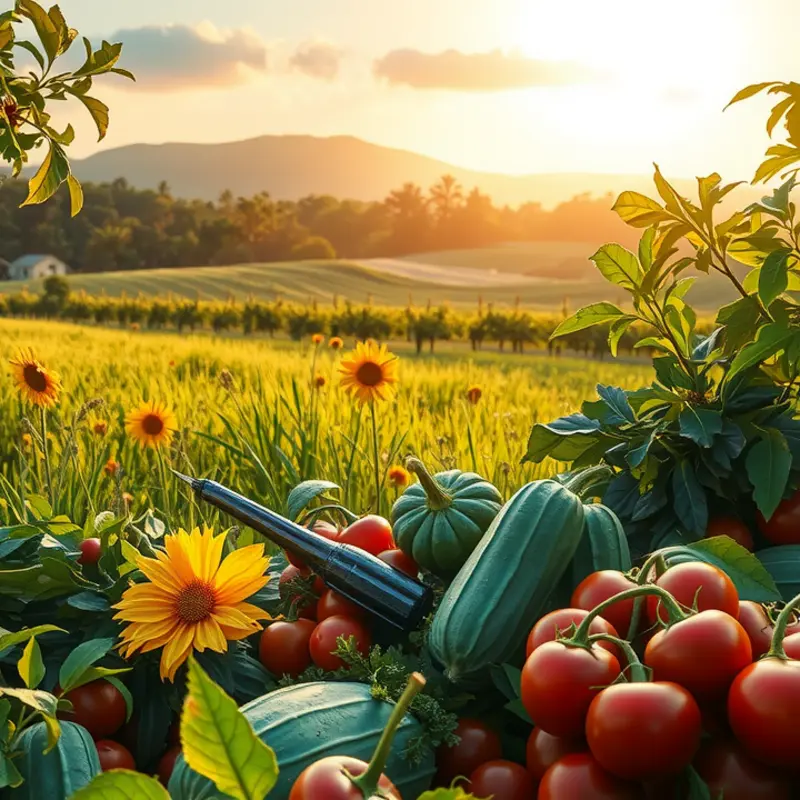Eggs are a versatile staple in every kitchen, cherished for their rich flavor and impressive nutritional value. Mastering the art of cooking eggs can elevate your dishes and open up a world of culinary possibilities. From soft-boiled to perfectly scrambled, this guide will provide you with clear, practical tips to help you prepare eggs perfectly, no matter your cooking experience. With just a few techniques and a little practice, you can impress your family and friends with your newfound skills in egg cookery.
The Art of Boiling Eggs: Soft, Medium, and Hard

Boiling eggs masterfully is a foundational skill that every cook should possess. Crafting the perfect boiled egg, whether it’s soft, medium, or hard, requires precision. Each level of doneness demands attention to detail, particularly concerning timing, water temperature, and cooling techniques.
Water Temperature:
Begin with cold water. Place your eggs gently at the bottom of a saucepan and cover them with an inch of cold water. Starting with cold water allows for gradual cooking and minimizes the risk of cracking shells. Heat the water over medium heat until it reaches a gentle boil. This gradual approach ensures even cooking.
Soft-Boiled Eggs:
For luxurious, runny yolks with slightly set whites, precision is key. Once your water hits a soft boil, start timing immediately:
- Timing: 4 to 5 minutes for optimal soft-boiled eggs.
Once the timer goes off, promptly remove the eggs with a slotted spoon and transfer them to an ice bath. The ice bath halts the cooking process and firms up the whites just slightly, providing a contrast to the liquid yolk. If you enjoy soft-boiled eggs, consider experimenting with various cooling times to find your preferred texture.
Medium-Boiled Eggs:
Medium-boiled eggs are perfect for those who relish partially set yolks that are creamy but not runny.
- Timing: 6 to 7 minutes for sumptuous medium-boiled results.
As with soft-boiled eggs, cooling immediately in an ice bath maintains the desired texture and makes peeling easier. This versatile egg is perfect for salads or topping ramen.
Hard-Boiled Eggs:
Hard-boiled eggs feature firm, fully set yolks and whites. They are perfect for deviled eggs or simply as a quick, nutritious snack.
- Timing: 9 to 12 minutes for solid hard-boiled eggs.
For ideal results, utilize an ice bath post-boiling to ease peeling and prevent any grey rings from forming around the yolks due to overcooking. For further insights on storage and waste reduction, consider reviewing this guide.
Best Practices for All Levels:
- Use eggs that are a week old for easier peeling.
- Avoid crowding your pot; maintain plenty of water circulation around each egg.
- Peel under cold running water, assisting the shell’s removal.
Attaining consistently perfect boiled eggs is a satisfying achievement that enhances countless dishes and snacks. Mastering these techniques will undoubtedly bolster your culinary repertoire.
Scrambling to Perfection: Techniques and Tips

Scrambled eggs might seem simple, yet nailing that creamy, fluffy texture requires attention to detail. Start with the right eggs-to-liquid ratio. For each egg, add about one tablespoon of milk or cream. This blend helps achieve the desired creaminess, but be cautious not to add too much, which could lead to runny results.
Cooking method plays a key role. Low heat is your best friend for soft, silky scrambled eggs. Rapid, high-heat cooking may result in rubbery eggs, so patience is essential. Stir the eggs gently as they cook, allowing for even heat distribution. A silicone spatula works wonders for this, reaching every edge of the pan.
For those short on time, a quick cooking method can work, but adjust your expectations. You might not achieve ultra-creamy eggs, yet even a quicker scramble can yield a satisfying meal.
When enhancing flavors, simplicity often shines. A pinch of salt and a twist of freshly ground pepper introduce basic seasoning. If you’re seeking more adventurous options, consider folding in grated cheese when the eggs are almost set, as it melts beautifully into the curds.
For a zest of freshness, a sprinkle of chopped chives or a handful of fresh herbs like parsley or dill invigorates the dish. Such additions don’t just bring flavor but add visual appeal, too. Another delightful touch is a touch of smoked paprika or a dash of hot sauce, which infuse an unexpected kick. These techniques enhance the dish without overshadowing the eggs’ natural flavor.
Considering the environmental impact of your cooking choices can also improve your kitchen skills. An eco-smart approach to kitchen practices is beneficial and can be explored more through resources like eco-smart kitchen storage.
Incorporating these tips, scrambled eggs graduate from a plain breakfast option to a refined culinary experience. Embrace experimentation and enjoy the journey toward mastering scrambled eggs in all their fluffy glory.
Final words
Cooking eggs perfectly is an essential skill for any home cook, allowing you to make a variety of delicious meals. By mastering the techniques outlined in this guide, such as boiling to achieve the desired doneness and scrambling for a creamy texture, you’ll be well on your way to elevating ordinary breakfasts into extraordinary culinary experiences. Remember that practice makes perfect, so don’t hesitate to experiment with these methods. Soon, you’ll find yourself confidently preparing eggs in a multitude of ways, impressing both yourself and your loved ones.







